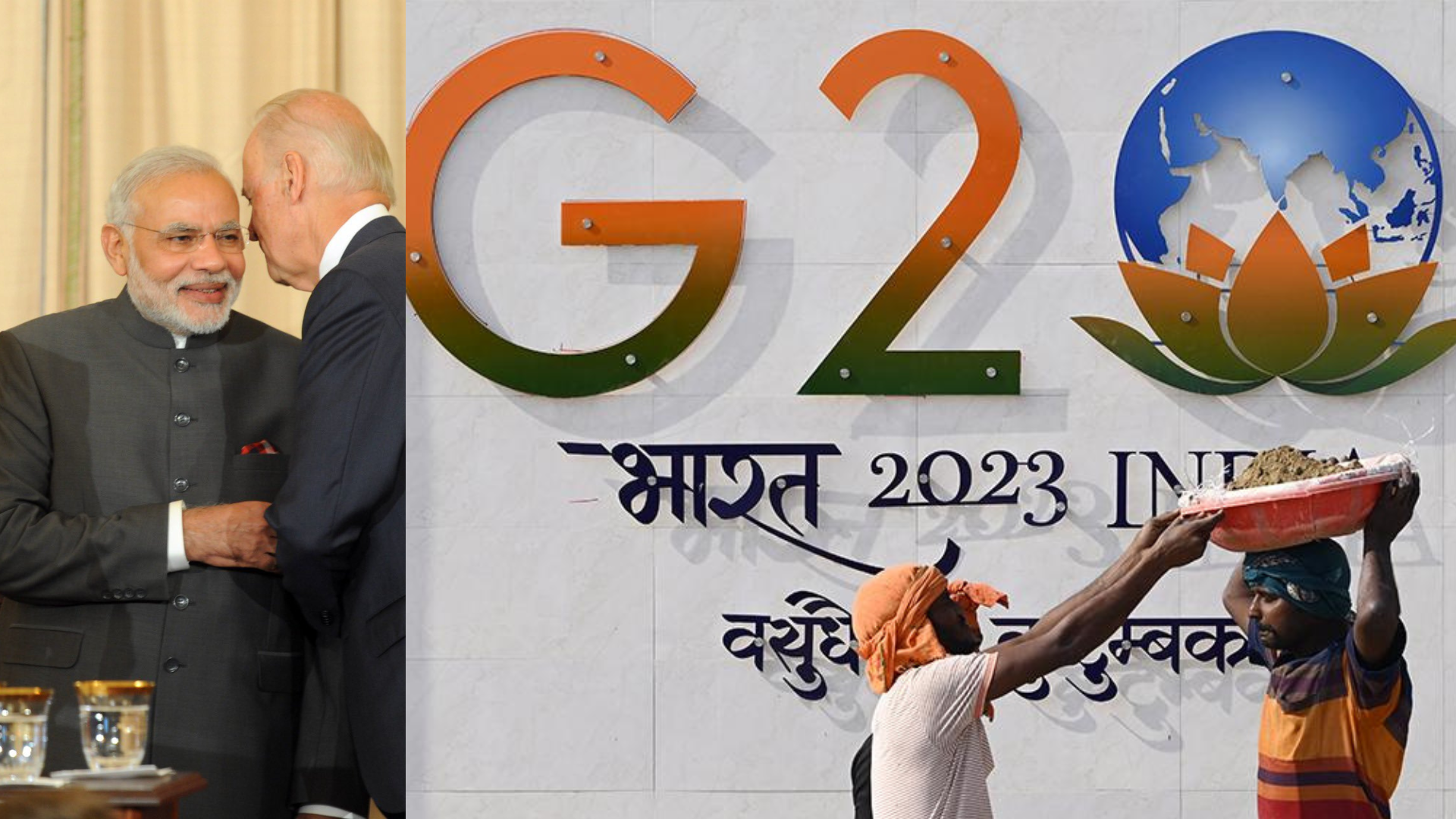In a significant move aimed at fostering economic growth and political cooperation, President Joe Biden and his allies unveiled plans for a groundbreaking rail and shipping corridor linking India with the Middle East and Europe. This visionary project is poised to have a substantial impact on trade, energy resources, digital connectivity, and international relations.
A Bold Vision for Global Connectivity
President Biden described the corridor as a game-changer, emphasizing its potential significance. This corridor is not just a physical link but also an ideological alternative to China’s vast infrastructure program, which spans the nation. It aims to physically tie together a vast stretch of the globe, offering improved digital connectivity and facilitating increased trade, including in energy products such as hydrogen.
Building Bridges, Not Barriers
The project, announced during the annual Group of 20 summit, falls under the Partnership for Global Infrastructure Investment initiative. Jake Sullivan, Biden’s national security adviser, emphasized that the corridor represents a bold and transformative vision that may serve as a model for other regions worldwide. This project is about creating far-reaching investments and embracing nations as partners to enhance infrastructure, boost economic growth, and bring stability to the Middle East.
A Green and Digital Bridge
Ursula von der Leyen, European Commission President, hailed the corridor as a “green and digital bridge across continents and civilizations.” It’s not just about physical connections; the project includes cables for transmitting electricity and data, marking a significant step toward a more interconnected world.
Expanding Horizons: The Trans-African Corridor
In addition to the corridor connecting India, the Middle East, and Europe, there are plans for a “Trans-African Corridor.” This corridor will link the Angolan port of Lobito with landlocked areas, such as the Kananga province in the Democratic Republic of Congo and the copper-mining regions of Zambia. President Biden praised this project as another game-changing regional investment.
The Road Ahead
Amos Hochstein, Biden’s coordinator for global infrastructure and energy security, outlined a rough timeline for the project’s next steps. In the next 60 days, working groups will create a detailed plan and set timelines. The initial phase will identify areas requiring investment and where physical infrastructure can connect countries. Hochstein anticipates that the plans will be in place over the next year, enabling the project to move forward with financing and construction.
From Vision to Reality
The journey from concept to announcement has been swift. President Biden initiated discussions during his visit to Jeddah, Saudi Arabia, in July 2022, highlighting the need for greater regional economic integration. By spring, maps and assessments of existing rail infrastructure in the Middle East were already in progress. Sullivan and senior White House aides Hochstein and Brett McGurk traveled to Saudi Arabia in May to meet with their Indian, Saudi, and UAE counterparts, solidifying the project’s details.
United for Progress
Remarkably, Israel and Jordan, two countries with no diplomatic relations, have been brought into this project. While it may not directly lead to normalization, it’s a significant step toward cooperation and progress. All parties involved have shown a commitment to practical outcomes that benefit their people, recognizing the importance of Israel’s inclusion in the corridor.
A Global Conversation
President Biden used the G20 summit as an opportunity to advocate for increased investments to combat climate change. He also emphasized the detrimental impact of Russia’s war in Ukraine on other nations, resulting in higher food and energy costs and increased interest rates on debt.
The Missing Voice
Notably absent from this year’s summit was Ukraine President Volodymyr Zelenskyy, who has consistently called for economic and military support for his country since Russia’s invasion. While India, a prominent U.S. ally, has increased its purchases of Russian oil, the White House advocated for Zelenskyy’s inclusion in the summit, though the decision ultimately rested with Modi’s government.
A Global Commitment
The summit’s joint communique addressed the ongoing war, emphasizing the principles of the United Nations Charter, nuclear disarmament, and the prohibition of using force to change borders. It also called for an end to attacks on civilian infrastructure, highlighting the global commitment to peace and stability.
Strengthening International Forums
In conclusion, the rail and shipping corridor project represents a significant leap towards global connectivity and economic growth. President Biden and his allies have demonstrated their commitment to building bridges between nations, despite the challenges. While the absence of some world leaders is notable, the summit’s discussions and agreements underscore the importance of global cooperation in addressing the pressing issues of our time. The ambitious corridor project is a testament to the power of vision and collaboration in shaping a better future for all.

